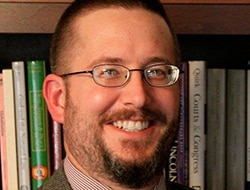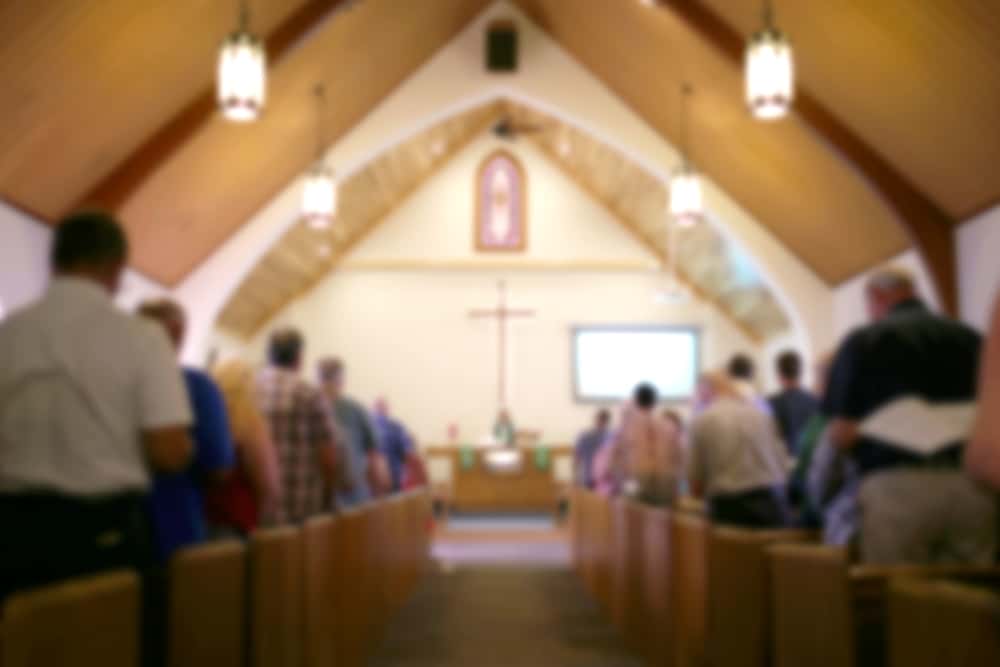
Across most of the upper Midwest once stretched ancient forests, both hardwood and pine. For centuries, Native Americans lived in and among them, and they used the trees for fuel and tools, for lodging and transportation. The early European settlers cleared land for farming and pasture, and more as they built towns and cities, but it wasn’t until the Industrial Revolution was in full swing that the ancient forests were clearcut to provide lumber for building and mass-produced furniture and charcoal for the smelting of iron and copper ore.
Growing up in west Michigan in the 1970s, the legacy of the great lumber barons was all around us, both in what we could see — cities such as Muskegon and Grand Rapids, their grand Victorian houses built of native lumber and their social and cultural institutions endowed through the philanthropy of men such as Charles Hackley — and in what we could not — namely, the pine forests that once stood to the north of us and the hardwood forests to the south.
By the late 1970s, that legacy was seen as a bit more nuanced. The lumbering operations were a great feat of human labor and engineering, and the wealth that they generated benefited not just the barons themselves, or even the people they employed, but the entire region. And yet it had come at a great cost, both a human one — lumbering was not quite as dangerous as mining, but it was dangerous enough — and an ecological one. The land that had been cleared became some of the most fertile farmland in the country, and cities grew up, especially along the rivers, but the forests, with their diversity of flora and fauna, had not naturally returned.
The bulk of the lumbering in Michigan had taken place from 1870 to 1890, with some continuing into the early years of the 20th century. In the 1930s, the Civilian Conservation Corps engaged in reforestation projects in the northern half of the Lower Peninsula of Michigan, and today you can still see their handiwork in row upon row of pines, stretching as far as the eye can see: another great feat of human labor and engineering, but as artificial in its effects as the clearcutting had been.
In Mecosta County, a rural area northeast of Grand Rapids and Muskegon, Russell Kirk settled in his ancestral home, Piety Hill, in the 1950s. Best known as the author of “The Conservative Mind,” Kirk had left his position at Michigan Agricultural College (now known as Michigan State University) to write full time. He had other aims in mind as well, among them to atone for the actions of his great-grandfather, a lumberman who had moved to Mecosta from upstate New York after the forest there had been exhausted, and who was responsible for the clearcutting of Mecosta County.
Writing during the night, Kirk (among other things) planted trees by day, at first in the same straight lines as the CCC. Over time, he recognized that it would be better to learn from nature and plant trees in a way that was much closer to the way that they would have sprung up organically. And in time, Dr. Kirk, with help from some of his assistants, reforested much of Mecosta County.
In the summer of 1995, a year after Russell Kirk’s death, I walked miles and miles of the roads and paths of Mecosta County with our eldest daughter on my back. (She was a colicky child, and that was the only reliable way to get her to sleep.) We were living at Piety Hill, and while I had known Dr. Kirk for five years before his death, I was learning about his life from within the place where he had lived it and among the people with whom he had lived.
One of the most significant lessons I learned that summer was that creation and destruction happen on radically different time scales. The trees of Mecosta County took centuries to grow, but only a matter of years to cut down. Dr. Kirk’s efforts at restoration took decades, but they took root and continue to grow, silently but steadily, over a quarter of a century after his death.
It’s in our nature to want change to happen quickly — and when things need to be torn down, it can. When we’re building something new, something better, however, we need to overcome our impatience and dedicate ourselves to the long haul, to recognize that any human effort that’s likely to last probably will not follow straight lines, nor be accomplished in the span of a single life. Imagine if the apostles had decided that their efforts would be a failure unless they made disciples of all nations, converted the entire world, before the last of them went to rest in the Lord.
They did what they could, kept their eyes on the prize and passed on the Gospel to the next generation. They built up the Church and never despaired, because they knew that the work they were engaged in was the only work worth doing.
I learned another lesson from Dr. Kirk’s life that summer of 1995: Once he decided to atone for the actions of his ancestors, he never stopped.
Plant a tree. Plant another one. Teach your children to keep planting. Do what you can, and take the long view. If you want lasting change, accept the reality that the world you’re building by living a Christ-like life will never be complete in your lifetime.
Scott P. Richert is publisher for OSV.





